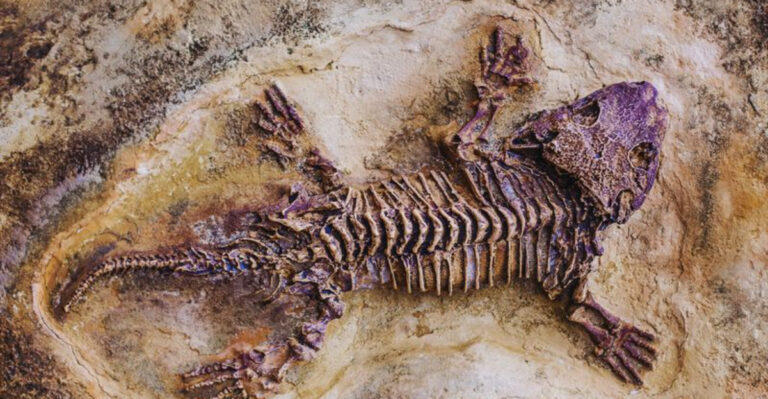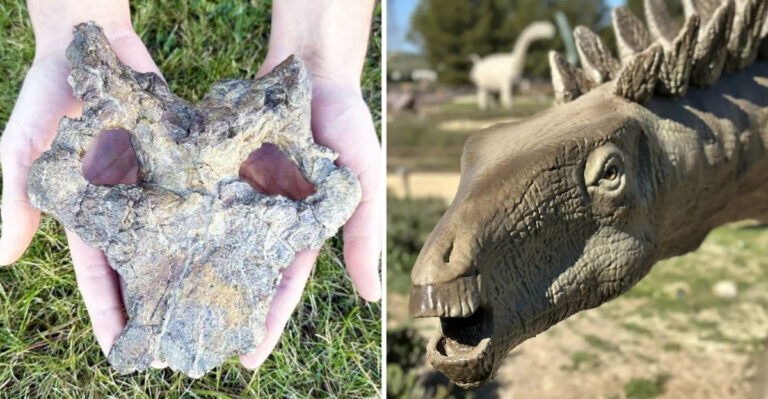These New Deep-Sea Creatures Were Just Discovered In The Pacific Abyss
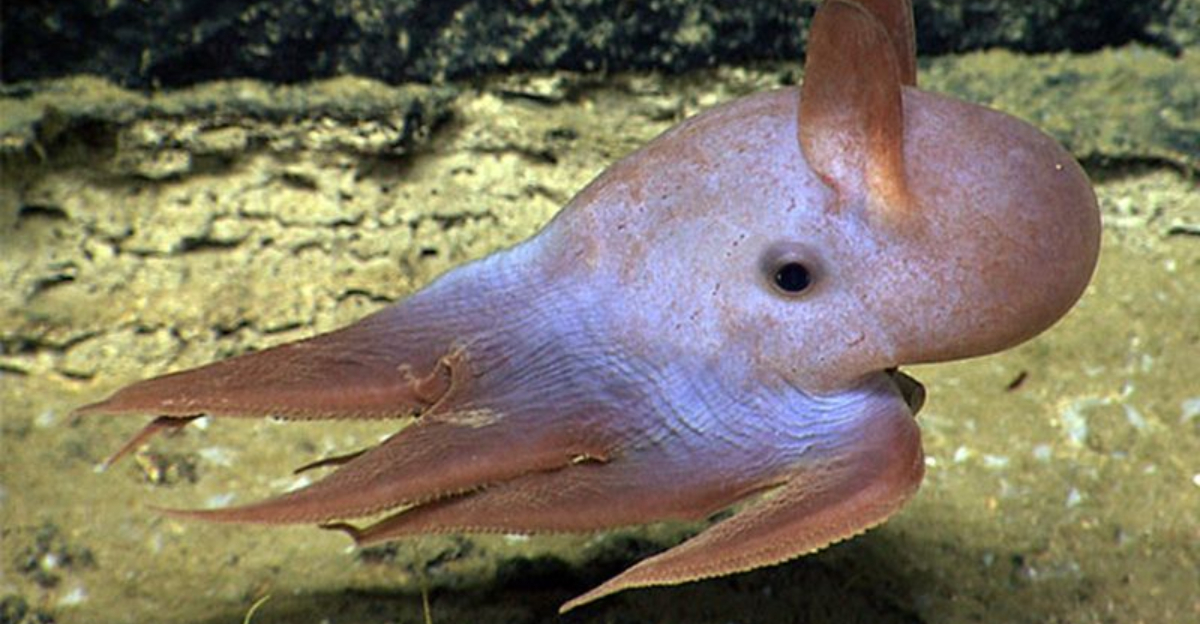
The mysterious depths of the Pacific Ocean continue to surprise scientists with incredible new life forms. Marine biologists exploring the darkest trenches have recently uncovered creatures that seem more like aliens than earthly animals.
These fascinating discoveries remind us how little we actually know about our own planet’s deepest waters and the remarkable adaptations life can develop in extreme environments.
1. Threadfin Dragonfish
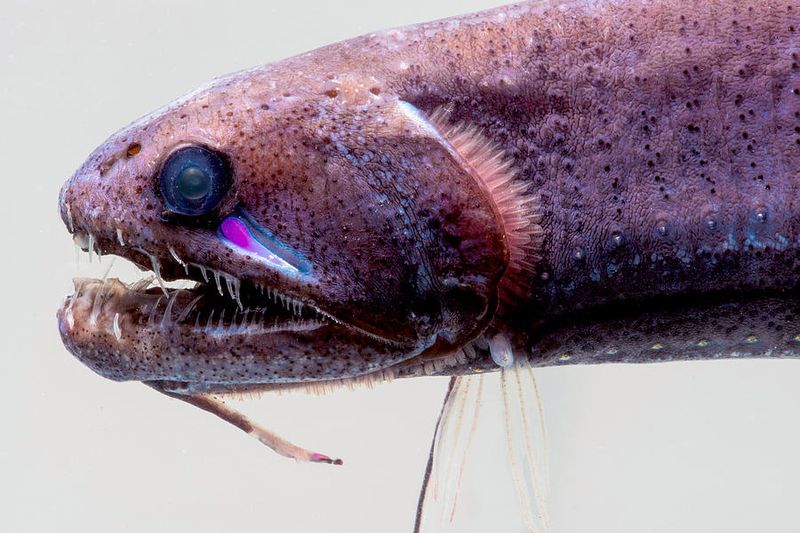
Scientists spotted this menacing hunter lurking in waters over 3,000 feet deep. Its body remains almost invisible until its chin lure flashes, drawing curious prey directly into its jaws.
The Threadfin’s elongated teeth point inward, making escape impossible once something is caught. Researchers believe its specialized hunting technique has remained unchanged for millions of years.
2. Luminescent Bamboo Worm
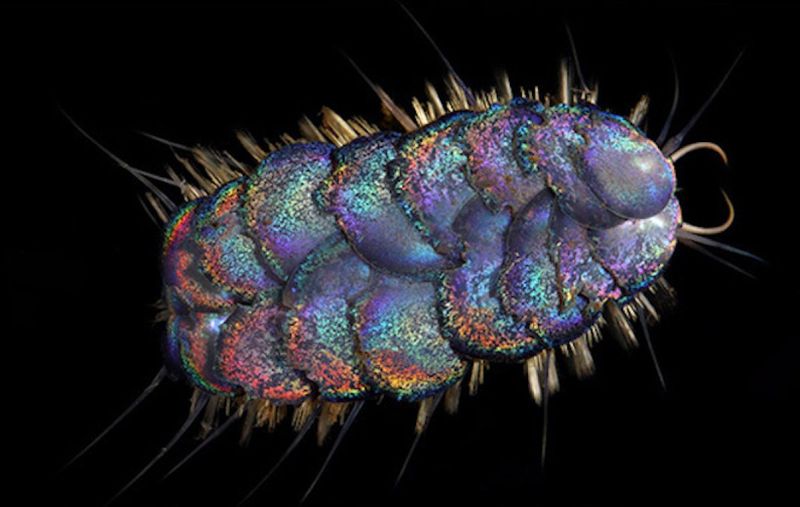
Nestled among scalding hydrothermal vents, this remarkable worm creates its own light show. Each segment pulses with gentle blue-green bioluminescence, creating a bamboo-like pattern visible from surprising distances.
Marine biologists discovered that the worm’s glow intensifies when predators approach. Unlike most deep-sea creatures, it thrives in the warmer waters surrounding thermal vents rather than the frigid abyss.
3. Abyssal Dumbo Octopod
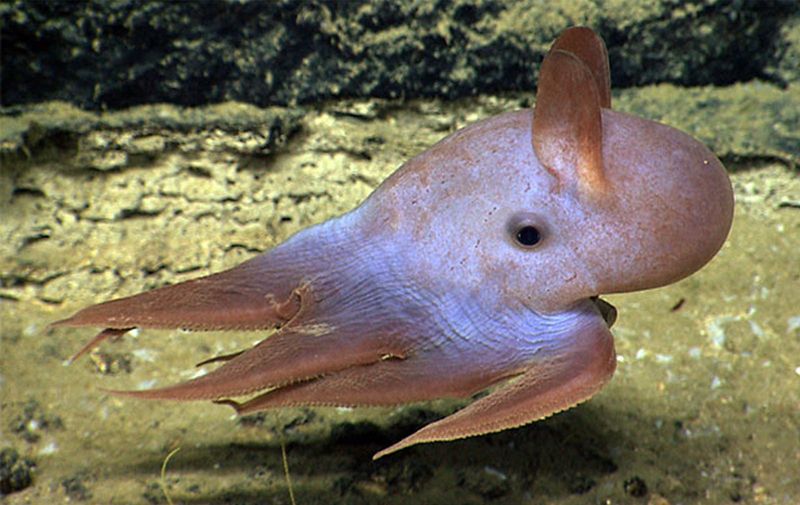
Named for its adorable ear-like fins that flap gracefully for movement, this purple wonder captivated researchers during recent deep-sea expeditions. Unlike typical octopuses, it lacks ink sacs, having evolved in an environment with few predators.
The Dumbo’s gelatinous body allows it to withstand extreme pressure at depths exceeding 13,000 feet. Its diet consists mainly of tiny crustaceans and worms found in abyssal sediment.
4. Spined Glassfish
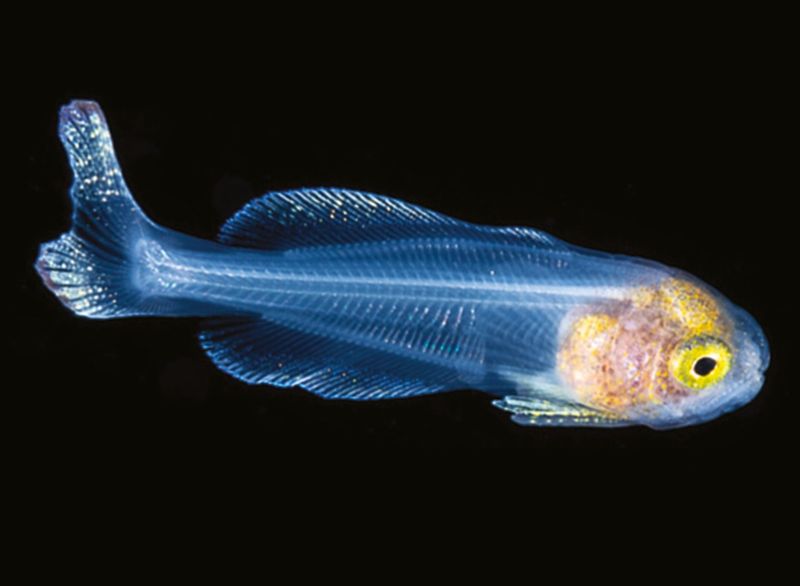
Virtually transparent except for its spine and internal organs, this ghostly fish represents nature’s perfect camouflage. Sharp defensive spines protect it from the few predators able to spot it.
Its unique cellular structure bends light rather than absorbing it. Scientists studying its transparency believe the adaptation could inspire new materials for military applications. Only its floating eyes betray its presence in the darkness.
5. Gossamer Lanternfish
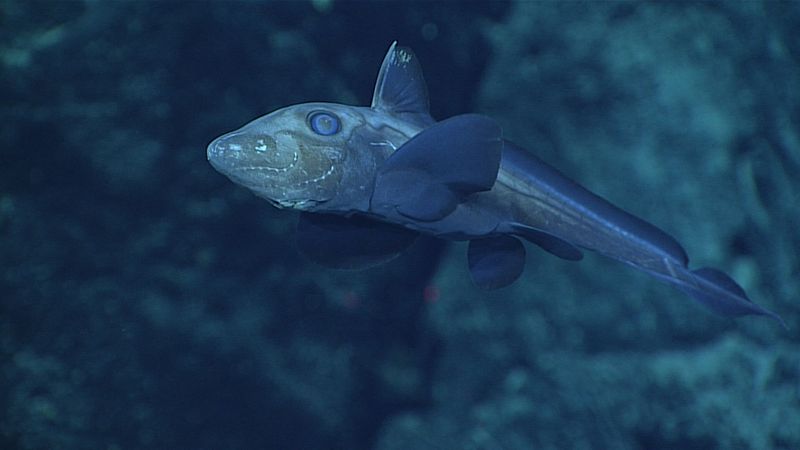
Floating like an underwater fairy, this delicate fish sports impossibly thin fins that appear to shimmer in the darkness. Its body hosts rows of precisely arranged photophores creating patterns scientists believe may serve as species identification signals.
The Gossamer’s light organs produce downward-facing illumination matching the faint sunlight from above, rendering it invisible to predators below. This counter-illumination technique represents one of nature’s most effective camouflage strategies.
6. Spiny Armored Shrimp
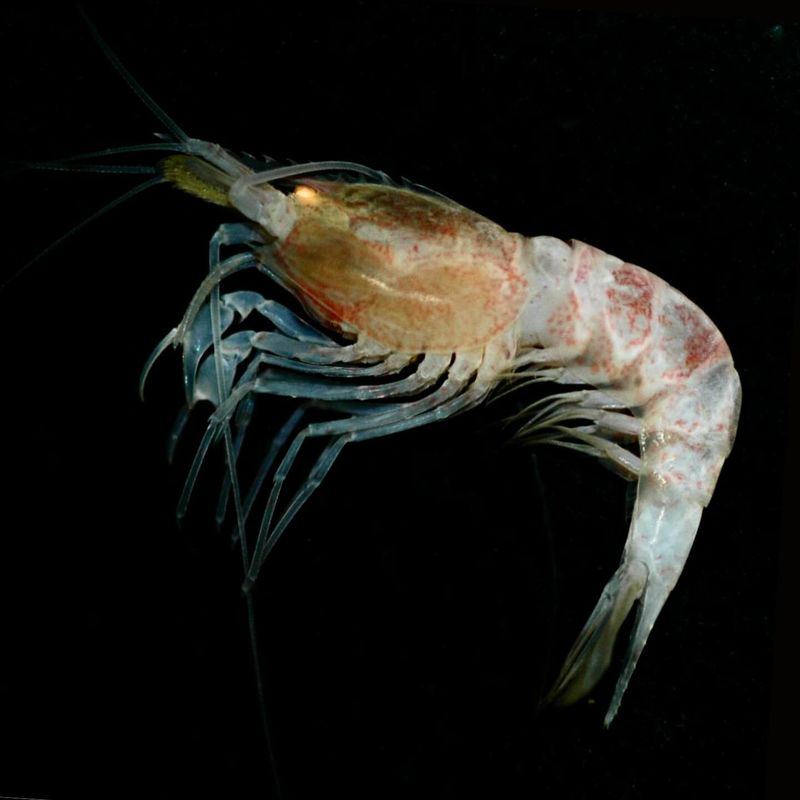
Fortress-like armor protects this remarkable crustacean from crushing depths and hungry predators alike. Its exoskeleton incorporates minerals from hydrothermal vents, creating natural metal reinforcement unlike anything seen in shallow-water relatives.
Extraordinarily sensitive antennae can detect chemical traces from food sources over a mile away. When threatened, the shrimp can lock its joints into a defensive ball position, presenting nothing but spines to potential attackers.
7. Iridescent Sea Cucumber
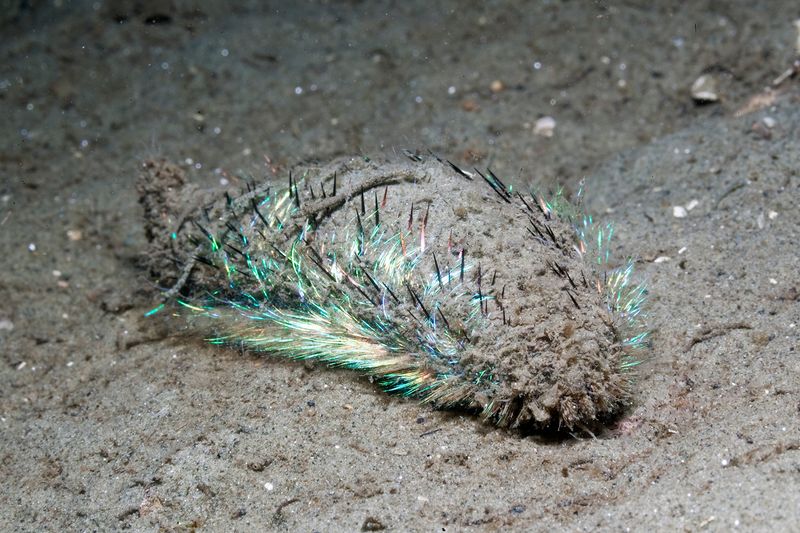
Found crawling along abyssal plains, this living rainbow defies the colorless stereotype of deep-sea creatures. Its skin cells contain specialized proteins that reflect the faintest light in spectacular displays that shift as it moves.
Unlike its shallow-water cousins, this cucumber possesses defensive spikes that extend when threatened. Researchers were amazed to discover it can detach these spikes, leaving them embedded in predators while quickly regenerating replacements.
8. Abyssal Octopus
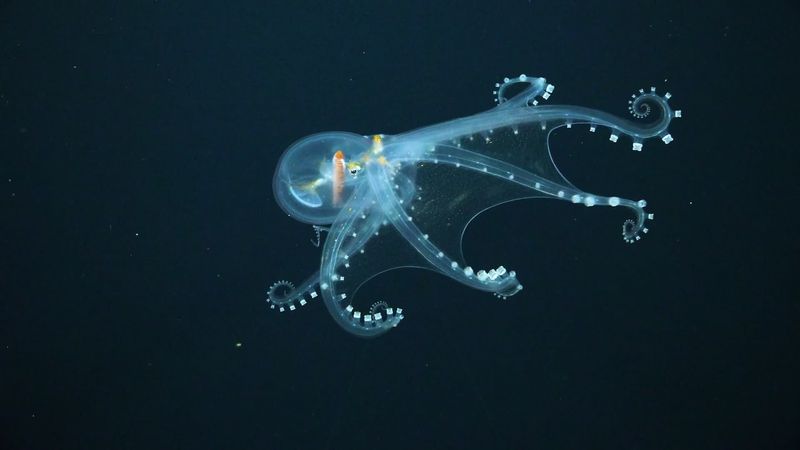
Masters of disguise reach new heights with this ghostly eight-armed wonder. Its skin contains the most advanced chromatophores ever documented, allowing it to disappear against any background within seconds.
The octopus’s translucent flesh reveals a pulsing blue brain that researchers believe may function as communication with others of its kind. When hunting, it extends nearly invisible tentacles that flash brilliant colors the moment prey is captured.
9. Deep-Sea Feather Star
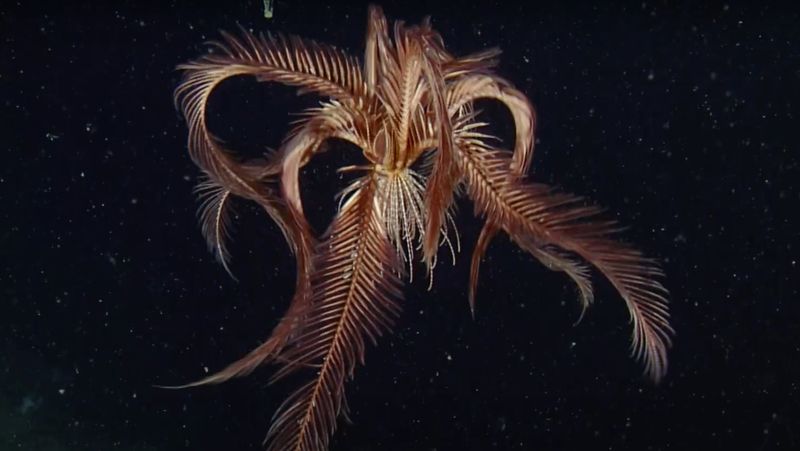
Resembling an underwater flower more than an animal, this creature anchors itself against powerful abyssal currents. Its dozens of feathery arms create a living net that captures nutritious particles drifting in the water column.
Unlike most deep-sea animals, it doesn’t create its own light. Instead, it absorbs and re-emits bioluminescence from the tiny organisms it consumes. Scientists observed it can detach and regrow arms when threatened by predators.
10. Miniature Lanternfish Variant
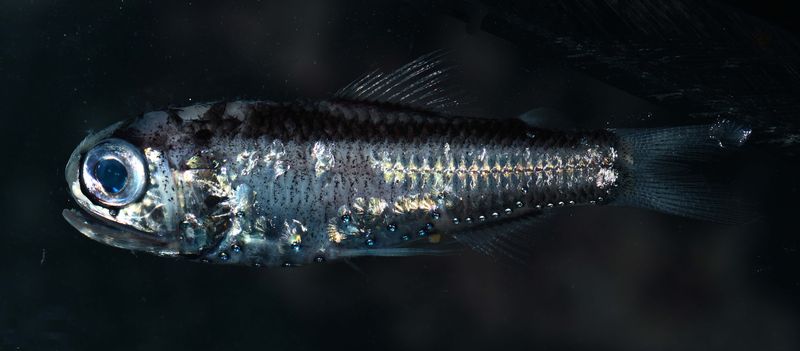
Barely larger than a human thumb, this tiny marvel packs more light-producing organs than any vertebrate on Earth. Each photophore can be controlled independently, creating complex patterns scientists believe form a sophisticated communication system.
Unlike standard lanternfish that migrate vertically, this species remains in the abyss permanently. Its specialized swim bladder allows precise hovering in the water column. The fish can even project light patterns onto nearby surfaces to attract certain prey.
11. Glittering Sponge Cluster
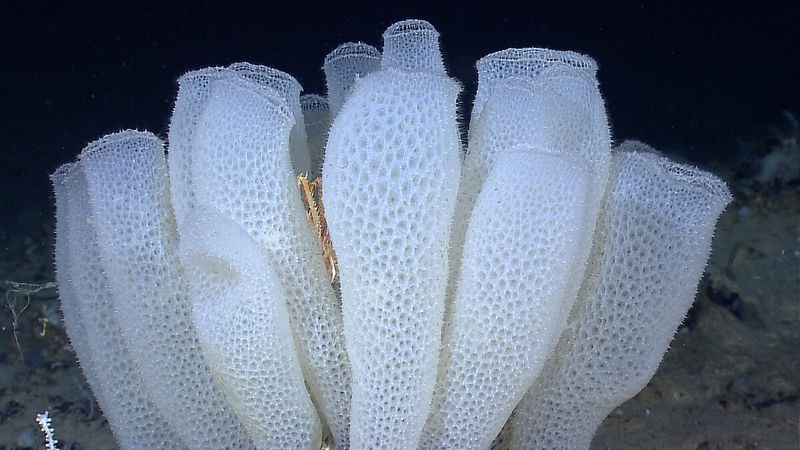
Appearing like underwater constellations, these remarkable sponges create soft, starlight-like illumination across the abyssal plain. Each cluster hosts millions of bioluminescent bacteria in a symbiotic relationship scientists are racing to understand.
The sponges provide shelter and nutrients while the bacteria generate light that attracts microorganisms the sponge consumes. Fascinatingly, the entire colony pulses in synchronized patterns, suggesting some form of chemical communication between individual sponges.

